Five life hacks that will help you close any deal
A deal can still fail even if a seller has answered all of a customer's questions, closed all objections, and made compelling arguments. Why? Because the seller did not close the deal.
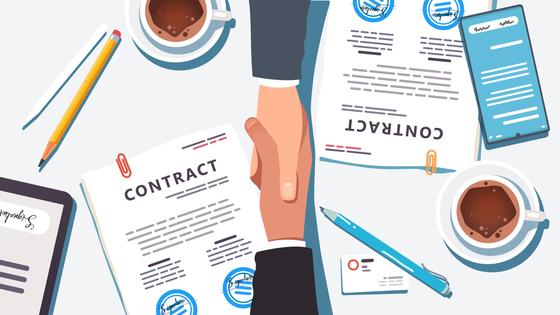
The customer almost never takes the initiative when it comes to paying for their purchase. If they are not pushed towards this decision they could leave without making a purchase at all.
You should close the deal only after the seller has answered all of the potential customer's questions and they are willing to buy from you. But in this situation you still need to act carefully. We have prepared five life hacks that will help pursuade even the most difficult customer to buy from you.
Life hack #1. Summary
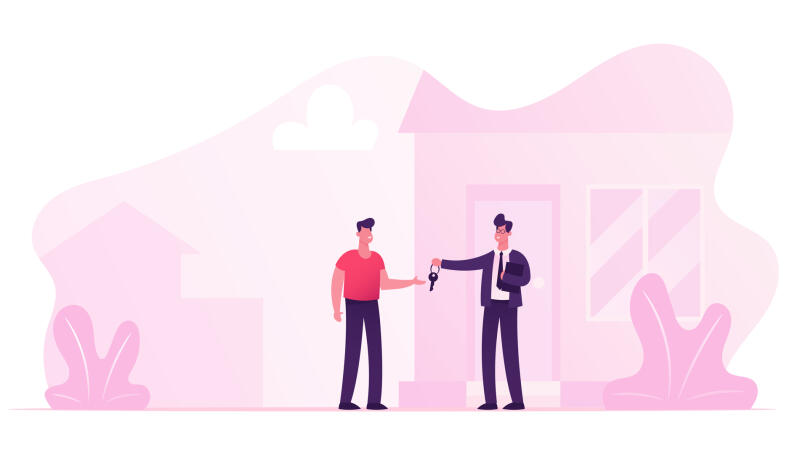
Traditional closing of a deal. To use this you just need to list the goods that the customer plans to purchase and briefly summarize what benefits he will receive if he buys them. The seller must focus on what is important for this particular customer.
Example. The client wants to buy a car for trips with his family outside the city. When using summary, the seller should definitely mention such advantages of the car such as its spaciousness, reliability, and low gas consumption.
Life hack #2. "What is the most convenient way for you to pay for your purchase?"
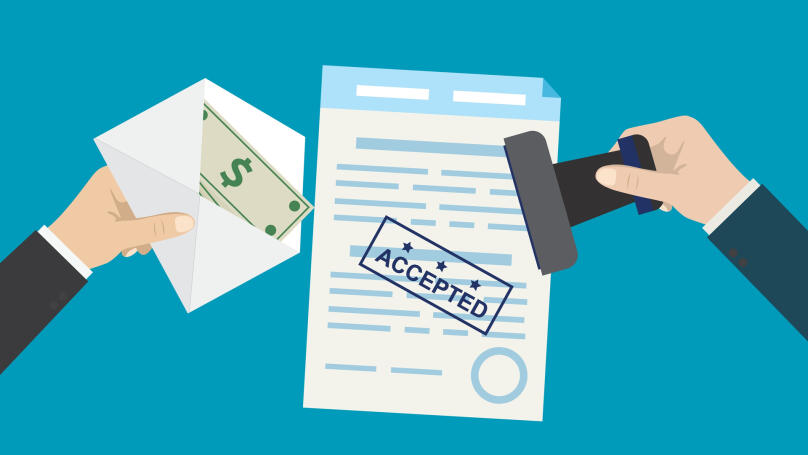
Asking the customer how they would like to pay for their purchase is an easy way to close the deal. But this method does not always work. It should be used only if the seller is absolutely sure that the customer has no doubts and is ready to buy the product but doesn't dare come out and say it. This question also works well if the customer is having a difficult time choosing a product and the seller needs to seize the initiative.
This technique should be used with great care on difficult customers or customers who are going to make an expensive purchase; the customer may perceive such a question as an attempt to pressure him to buy and simply walk away.
Life hack #3. Creation of urgency
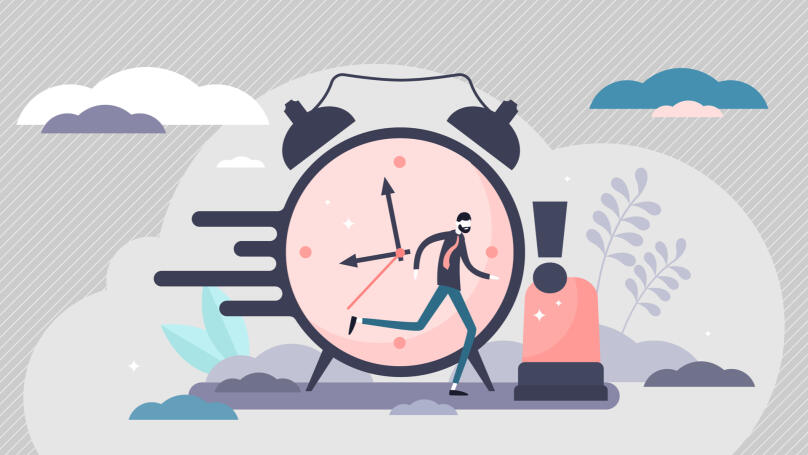
The fear of missing out is a good incentive for a customer to make a purchase. A customer who is ready to buy a product right here and now will definitely buy it, as opposed to someone who has decided to wait. These are some basic arguments to help a salesperson convince a customer to make a purchase right here and now:
- The product is on sale today
- The product has been on sale for a while and will be sold out soon
- If you buy the product now you will get a bonus (for example: free shipping and installation, or some other related product)
This technique works even if the customer is unsure of their choice. However, if the seller wants to build a long-term relationship with the customer, it should be used with caution. You should never lie about promotions and the limited duration of special conditions.
Life hack #4. Concession

This life hack also works for hesitant customers who can't make the decision to make a purchase. But you can only use it if the seller has the opportunity to offer the customer more favorable conditions. For example, a discount or free shipping.
When a salesperson sees that a customer is hesitant, they can offer a concession as a decisive argument. Additionally, you can create urgency: for example, say that tomorrow another seller will be working in the store and he won't be able to offer such favorable conditions. Sometimes customers go on the offensive and ask for an additional discount themselves. The seller can use this offer for his own purposes: for example, agree to the customer's offer on the condition that he buys the product today.
Use this life hack to remind the client of his benefits. For example, the return policy.
Life hack #5. Deprivation
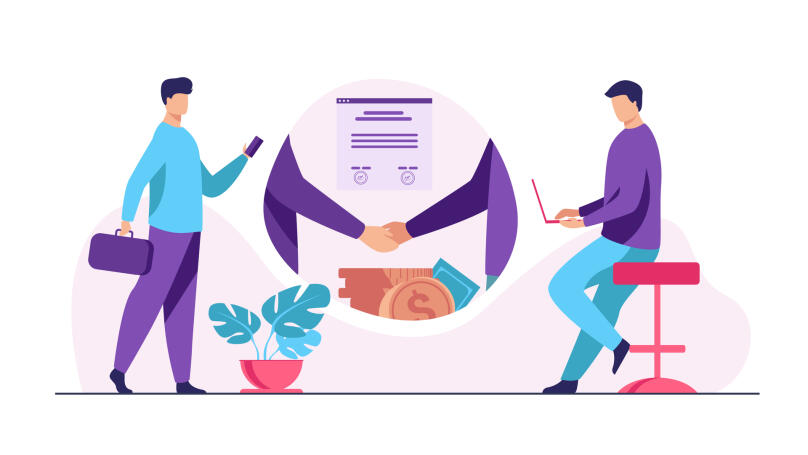
People always value something more if they can lose it. Surely you have seen how customers buy things they don't need, if they understand that they are in demand and there is a chance that soon the thing will be bought by someone else. This feature of the human psyche can be used in sales. For example, tell about a customer who was also interested in a product or interrupt a test drive at the most interesting place so that the customer feels that he lost the opportunity to buy the product and now wants to get this opportunity back.
If the customer considers the product's price too high you can offer to reduce the price by replacing the product with a cheaper version or rejecting additional functions. Chances are high that the fear of loss will make the initial offer more attractive and eventually the customer will decide to buy from you.
When closing a deal it is important to take into account the individual characteristics of the customer and the style of communication that he prefers. In some cases strong pressure will help close the deal and in others it will make the customer avoid making purchases in the store. For customers who need to make their own decisions, the best choice is to take a break. The best argument for a decisive customer is to work through all of the objections and emphasize the advantages of the product. But the indecisive customer must be led to the purchase.
Life hacks for closing deals can be very effective if the seller has studied the buyer well and chooses a life hack that is suitable for a specific situation. It is not worth moving on to closing the deal before the seller has a clear idea of the needs and desires of the customer.
Share this with your friends via:
Latest News

A significant stage in the development of the alternative education system has begun in West Northamptonshire in the UK: the County Council is actively calling on parents, guardians, and trustees to participate in shaping the future of this key area.

Outwoods Primary School in Atherstone, Warwickshire, having experienced deep sadness after the loss of their famous cat, Silla, has found solace in a new pet – a Maine Coon named Aloysius O’Hara.

In modern universities, artificial intelligence, and in particular ChatGPT, is rapidly transforming from a controversial tool into a full-fledged student assistant.

An innovative educational project is gaining momentum in UK primary schools, aiming to change attitudes towards video games.

The Massachusetts Institute of Technology (MIT) presents MIT Learn – a revolutionary online platform that opens a “new front door” to access university knowledge and resources.












 Test. How Should You Spend the Winter Holidays?
Test. How Should You Spend the Winter Holidays?
 How the Christmas Tree Became the Symbol of the New Year: From Pagan Groves to Sparkling Ornaments
How the Christmas Tree Became the Symbol of the New Year: From Pagan Groves to Sparkling Ornaments
 How to Keep New Year’s Resolutions: A Detailed Guide to Real Change
How to Keep New Year’s Resolutions: A Detailed Guide to Real Change
 Test. What Winter Dessert Are You?
Test. What Winter Dessert Are You?
 Test: What Kind of Ancient Goddess Are You?
Test: What Kind of Ancient Goddess Are You?
 Test: Which Great Woman Would Invite You for Tea?
Test: Which Great Woman Would Invite You for Tea?
